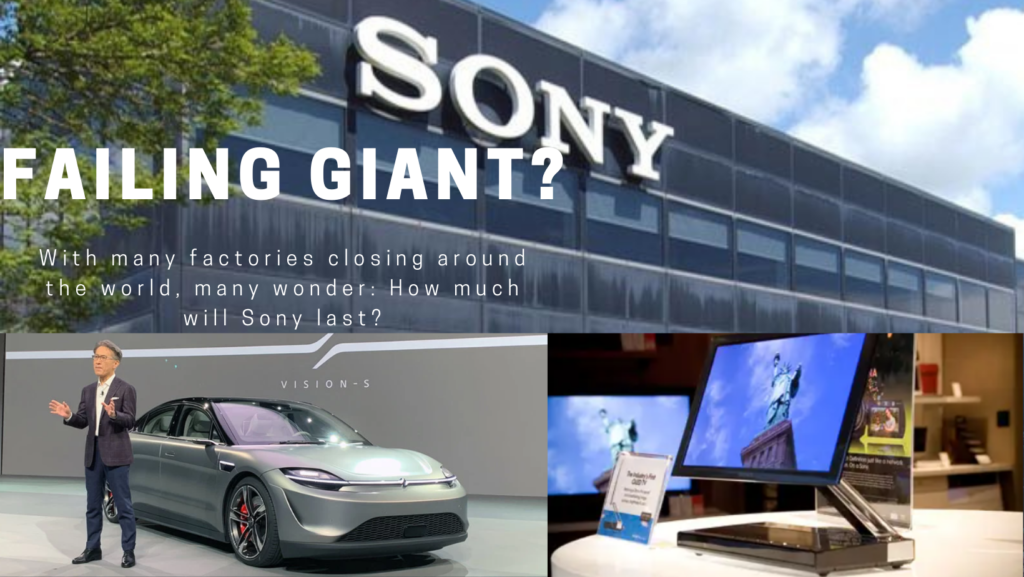Right after the war, Akio Morita and Masaru Ibuka chased a dream, and built a new company called Sony, or “Sonny”, deriving from “presentable men” – surely a good name for both creators. It could all be resumed in this one story, but it’s so much more than that. A company that spawned years of revolution in technology, owned it, and sometimes even dictated it entirely as a provocateur, engaging in war formats and creating their own revolutionary (sometimes failed) ones.
This is the story of the beloved Sony, which now competes in a fierce new world of cheap China goods; a world where its products are deemed too expensive in a reality where people tend to gravitate to cheap ones. Now it fights not only for placing, but its own right to stay alive as it struggles to keep its classic audio & video legs afloat, just doing well enough with the PlayStation, venturing in the car business, perhaps, but always trying to innovate.
Featured photo credit: The once #1 Japanese eletronics conglomerate struggles. Photo Collage by Sony and GSMArena.
Last modified December 10, 2021.
Sony is closing down factories
The Japanese giant plans to shut down main factory plants in key markets around the world as its struggle continues.
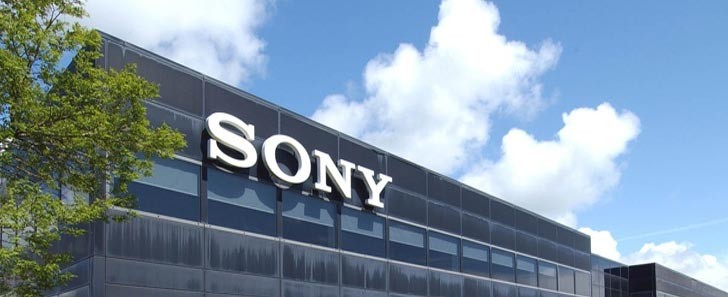
In December, the news about its factories closing, both in Malaysia and in Brazil have raised some eye browns about the perspectives of a good future for the struggling giant. The move, which comprised of consolidating its two factories in Malaysia, closing the facility at the state of Penang, transferring its functionalities to a place near Kuala Lumpur, has driven mad many affected – mostly its 3.600 workers, even if some could be transferred to other factories.
It is no wonder that the factory in question is a place for the fabrication of audio products such as headphones and home audio receivers, a struggling arm of the tech’s giant business, together with its TV business, both face obliteration if they don’t end up doing well in the long run, even if many at Sony deny the claim.
The Japanese are very proud of its Trinitron lineage and closing down the TV business, together with the audio products, would certainly hurt their pride. Sony’s Penang plant will stop operations but the end of September 2021 and close all together by March 2022. It was operational since 1988.
Sony closing down plant in Brazil
This year, Sony has closed its only TV and audio factory plant in Brazil’s emerging but struggling market. It was a key Latin American spot since 1984, now occupied the emerging companies Britania and Multi Laser, both delivering the same kind of cheap goods, same kind of ‘just ok’ goods that Sony tends to fair not so well against. Sony products are rather expensive. In Brazil, most people didn’t even consider buying Sony “Too expensive…” they would claim.
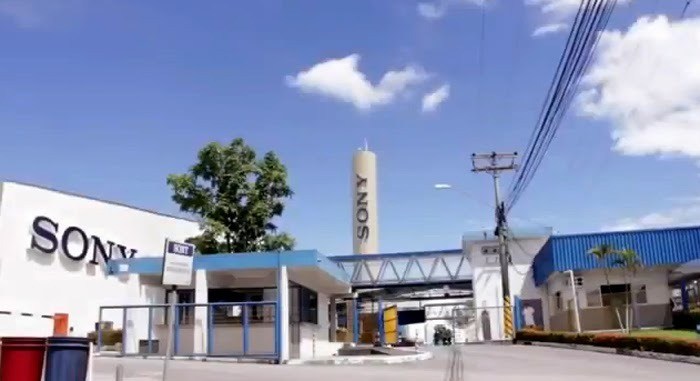
And now when TCL reaches to Latin America with the same Google TV environment as Sony TVs, perhaps it was just too much to hold on to. And as it forecasts a bad performance for its electronic business after the pandemic, a 23% decrease in operation revenue for the year ending March 2021, many would wonder when more factories will also shut down.
Sony’s announced demise
For many, it has been an announced demise. Not so long ago, Sony also shut down cellphone making in many markets. Before, there were the Vaio Laptops and computers, now they are no more (at least not at Sony), which sold the brand rights to another conglomerate. Would the same happen soon to its Bravia TV business? How about the many US (and worldwide) stores also closed? The “restructuring” it seems, turns out to be more like shrinkage, as the likes of Samsung, LG and TCL take their place where Sony used to be. Samsung, by the way, the #1 TV maker has launched a huge line of new TVs with micro led technology aiming at keeping the spot. Can Sony even try to compete?
The history of Sony
Sony’s story, legendary as itself, is the story of a company that was built from the ashes of the second World War. Both Masaru Ibuka and Akio Morita started a radio repair shop out of nothing and as soon as they could, tried to expand. It wasn’t long before Bell Labs agreed to license its transistor technology — recommending them to also produce hearing aids, too. While doing so, both men used the transistor technology to launch the first commercially successful transistor radio, the TR-55, followed up by the TR-63, Sony conquered the US market.
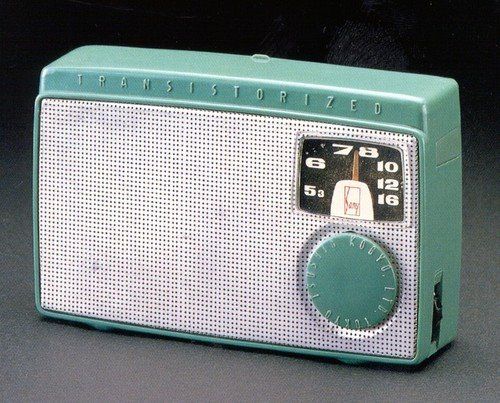
After the massive success overseas, it was finally time to set its foot into another market: TVS. In 1968, Sony launched the legendary color television, the Trinitron. Until 2006, Sony was the #1 tv maker. Not long after, Sony released the VP1100, its first videocassette recorder. Sony also released the eye-catching Wega, the first ever real flat screen tube TV.
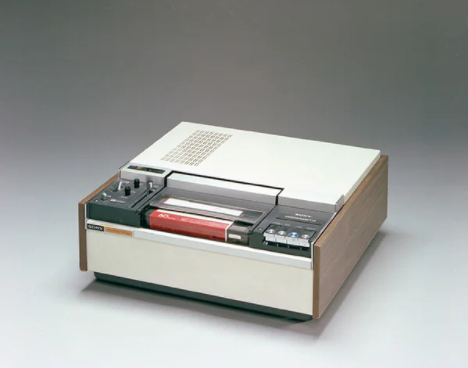
Sony format wars
Never shying away of war formats, then and now, Sony released the Betamax, losing the war to VHS years later. Many regards it as a better format overall, even the tapes were tiny if compared to normal VHS tapes, but it lost to VHS anyway. Here you can see a brand-new Betamax recorder unboxing. Many of Sony’s failed formats include the Memory stick, which resembles a flash memory storage format (1998), Minidisc, a digital but magnetic storage format that was tiny if compared to CDs and had a case like floppy disks.
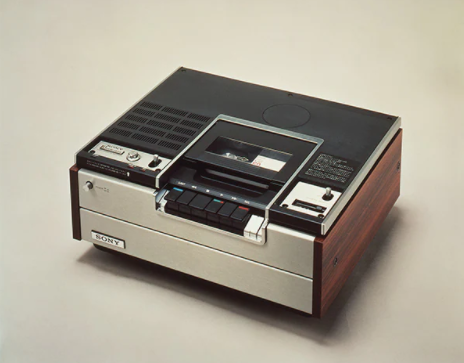
The Walkman
The world-famous Walkman, Sony’s first stereo cassette portable player, was launched in 1979. This was an industry changing move that marked Sony positively forever, launching a trend of personal consumer listening experience that still thrives today everywhere. They were also responsible, together with Philips, for the rise of the CD in 1981.
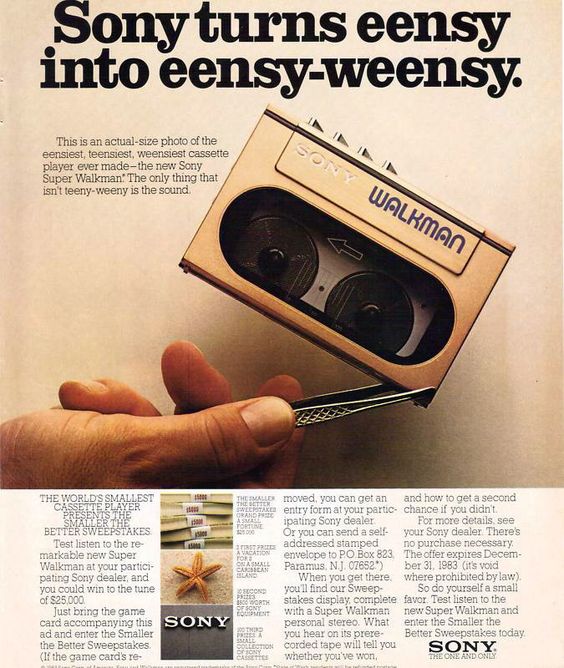
Sony is also responsible for the first ever organic light-emitting diode (OLED) in 2007, with its XEL-1 tv. It had a screen size of just mere 11 inches and resolution of 960×540. It marked its last big splash in the tv industry. Late to the party of LCDs, Sony has lost its ground to big Korean competitors.
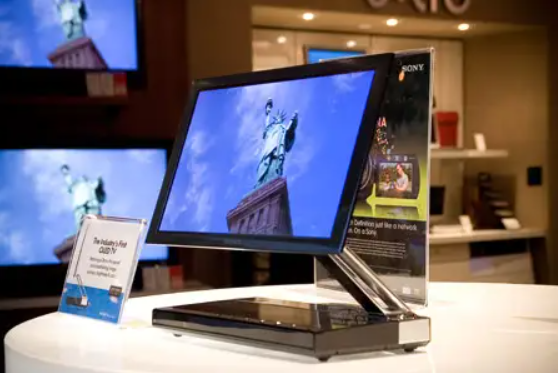
Sony also expanded into a variety of businesses; film, insurance, banking, internet service provider, gaming, music. They loved the idea of “convergence”, a failed attempt to link the producing of material to the electronics the company produced, “from production to the TVs you watch”. The proposed idea failed massively, damaging the company in the long run.
Sony’s sun is setting
Every reign must fall. Such a thing is happening to Sony, it seems. Even though Howard Stringer tried to revigorated the struggling giant, it faced modest success, keeping at a low pace only to lose its leading position in the tech industry. Everything started in the ’80s and its global recession. They had to cut prices because electronics sales dropped sharply. Not even the launch of the Compact Disc could save the company from the massive losses of profit it encountered.
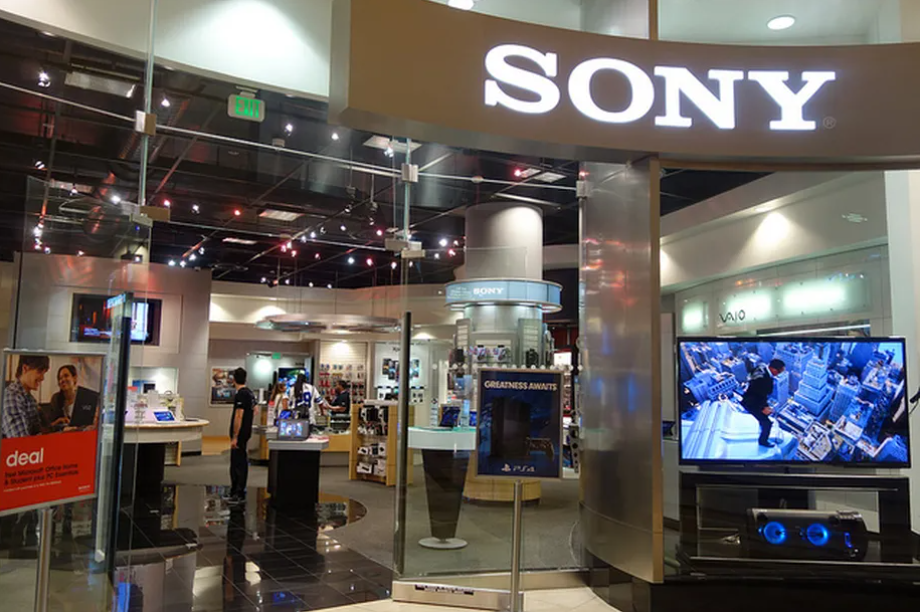
A massive string of failed acquisitions
Taking under its wing the likes of CBS Records and Columbia Pictures around 1988 was a bet that proved unprofitable and failed. Converging was the motto and it didn’t happen at all. People wouldn’t simply buy Sony TVs or Walkman radios to watch Sony pictures and listen to CBS records. They simply couldn’t charge a premium like it once did, so its brand started to lose power. It really doesn’t help that most of Sony Pictures movies are bad, and not even the Spiderman had the power to bring up the Sony brand back – you can watch the movies and catch desperate attempts to throw every Sony product out there right on your face, as if the movies were set in an alternate reality where iPhones don’t exist and everyone has a Sony tv at home.
Scandals and hacks
Sony it seems is a company far away from mainland Japan, prone to every sort of bad luck happening to them. What to say about the leaks in 2014? Everything started, of course, after the “The Interview” movie, A plot to assassinate North Korean leader Kim Jong-un. They didn’t seem to take it all too well. On November 24, 2014, a group self-identified “Guardians of Peace” leaked a string of confidential information of Sony – personal information about employees, their families, emails, all sorts of information; about salaries, unreleased movies, scripts, and other secret information. It also implemented malware to completely wipe clean Sony Pictures’ computer hard drives afterward.
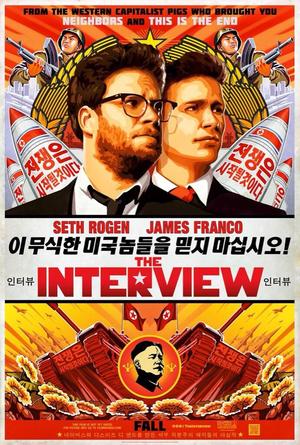
It couldn’t get worse, but the media focused on the gossip side of things: Amy Pascal (PICTURE) e-mails were leaked, in which she had heated discussions with Scott Rudin, film producer, referring to Angelina Jolie as “a minimally talented spoiled brat”. It is notable the way both colleagues exchanged e-mails in a heated, unmannered way.
Sony closing stores, factories, VAIO computer business
Not long ago, in the far year of 2014, news came out of Sony selling its Vaio laptop business. The move cut 5000 jobs. At the time, Sony said the move was to recover from financial difficulties – focusing on (sic) mobile devices and home entertainment. It also spun off a wholly-owned leg to handle TVs, oh, expensive TVs, not just every tv. Just expensive TVs. We’ll see how this move turned out…
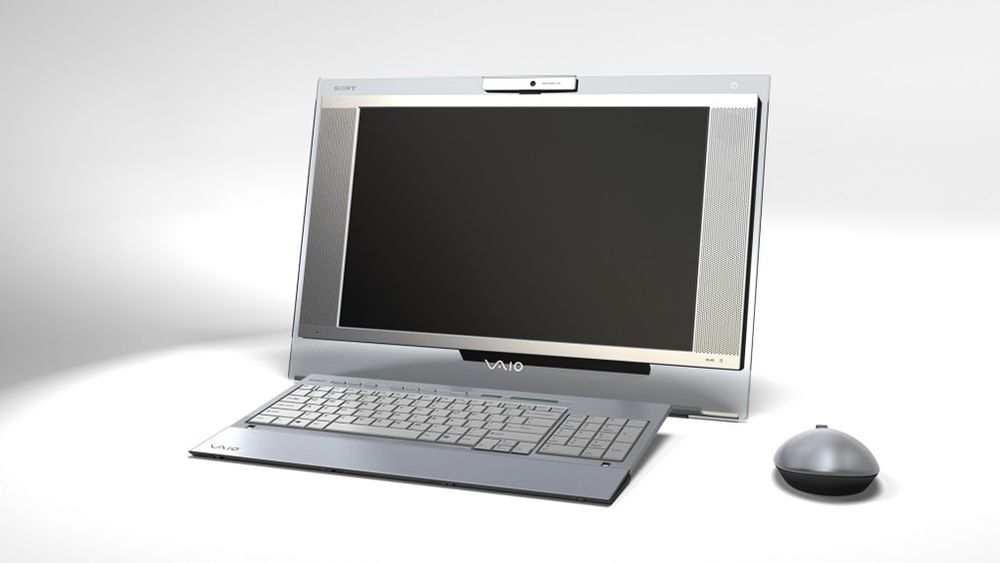
Sony Stores and computers
In the same fiscal year, Sony closed 20 of its 30 retail stores, saying goodbye to 1000 workers. These stores were the epitome of Sony’s presence in the world. They were, at a time, even in Brazil malls. You could simply get a glance at them, from time to time, and watch their line of products shrinking. Once were the Vaios gone, then the cellphones – the move was right, but simply because there wasn’t MUCH at all what to display, only TVs, sound systems, cameras, all of which were better at Amazon or Target.
Factories closing down
As mentioned before, the Japanese electronics-to-entertainment conglomerate will close one of its two factories in Malaysia, consolidating production of remaining TV and audio products like headphones in a base near Kuala Lumpur, the main factory where Sony manufactories TVs. All of its employers will be jobless by March 2022. The news comes out as the Brazil’s factory recently closed down in March, giving way to a cheaper Brazil brand to retain its factory floor.
Expensive Shrinking Giant
As much as Sony likes to pump out wonderful words and phrases like “consolidating” and “due to market conditions”, it all comes down to sales, and for Sony, they’re shrinking. They simply can’t compete with less expensive-yet-functional Korean or Chinese goods. Instead of focusing on less expensive products, Sony keeps pumping out extremely expensive TVs. It will turn out to be a niche brand if it continues down this road. They’re sometimes almost double the price of the lesser well-known brands. Besides, Sony TVs don’t look expensive. There is no finesse to them. They don’t look expensive and don’t feel expensive (powered by Android TV). TCL, Hisense, and lesser brands already do it. Why would anyone buy a Sony, instead of a cheap TCL? The math just doesn’t work.
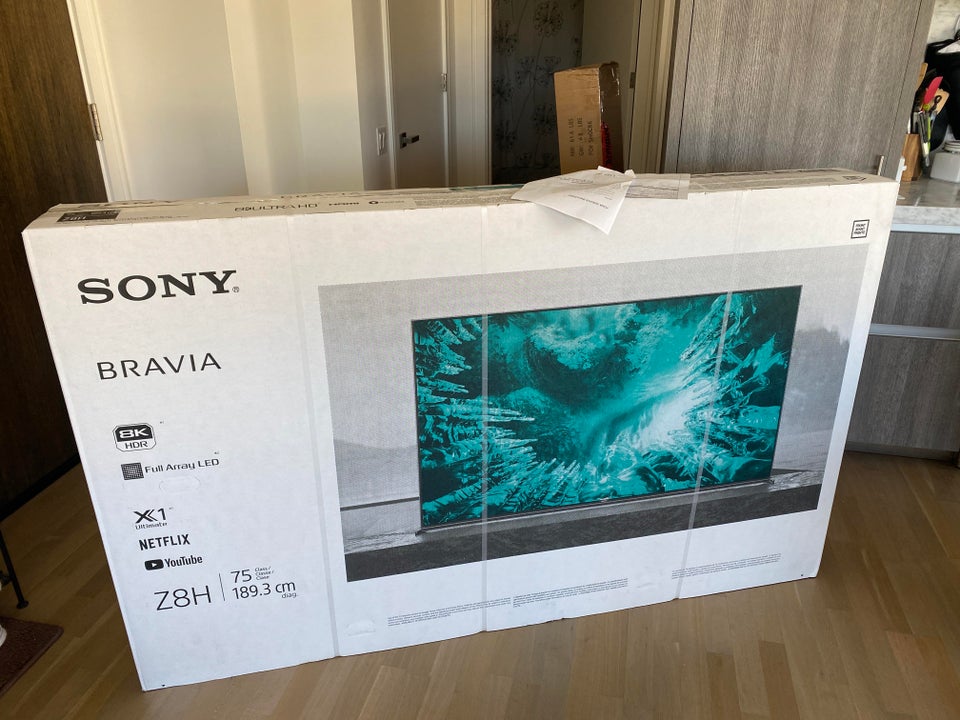
Revival and re-structuring
For some, the pandemic had nice effects, even the badly stricken Sony Corp raised its outlook by one-third. The pandemic fueled demands for games, movies, and other content. Too bad, though, for PlayStation 5 – there is a global shortage of semiconductors. So, consumers will have to wait longer, even if it’s to sell up more than 7.6 million units (late march 2021). Sony also expects gamers to move to online services, subscription services to bots its profitability. They expect 940 billion yen ($8.95 billion) in operating profit in the next 12 months since March.
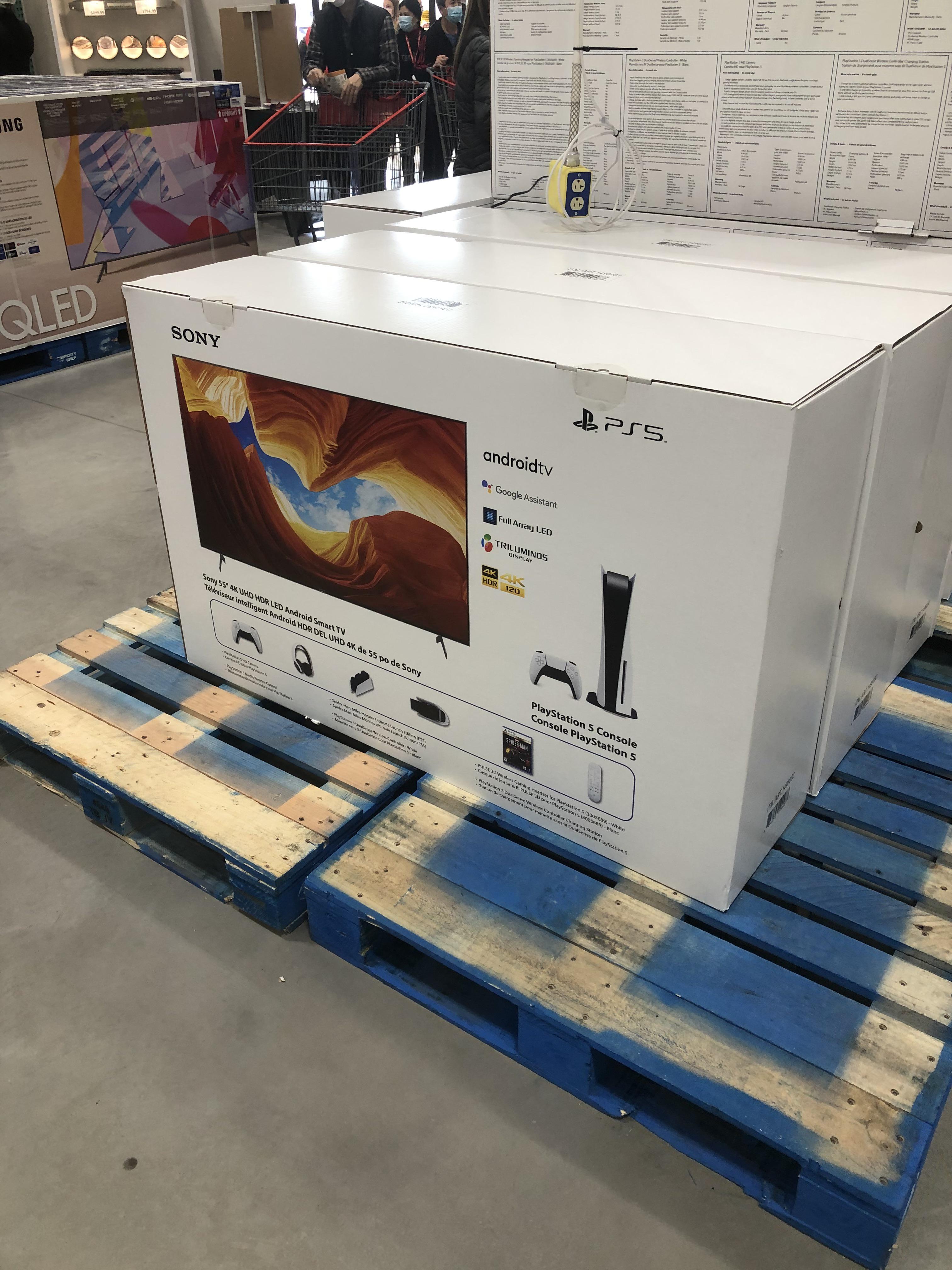
It’s funny when you stop and gaze at the situation. It has a way with young people. It enters homes like now other, and yet it can’t seem to find out a way to people’s hearts, regarding audio equipment, cellphones, TVs. The WOW factor of Sony it seems, it’s over. As said before, Sony utilizes the Android TV operating system, which is an awesome all-inclusive system with thousands of apps; but for a brand that wants to stand out, it’s a copout strategy. It has an awesome system (right out of the PlayStation) but it relies on Google to deliver the goods. Sad.
Sony seems to fight a lot against itself, but one thing is for certain: the quality of its products stands out. The noise-canceling headphones are the best in business and there are hundreds upon hundreds of reviews mentioning the same. Apple can’t rival them, no one can. They should apply the same strategy of quality and care for customers all around. A PlayStation/headphones strategy of sorts.
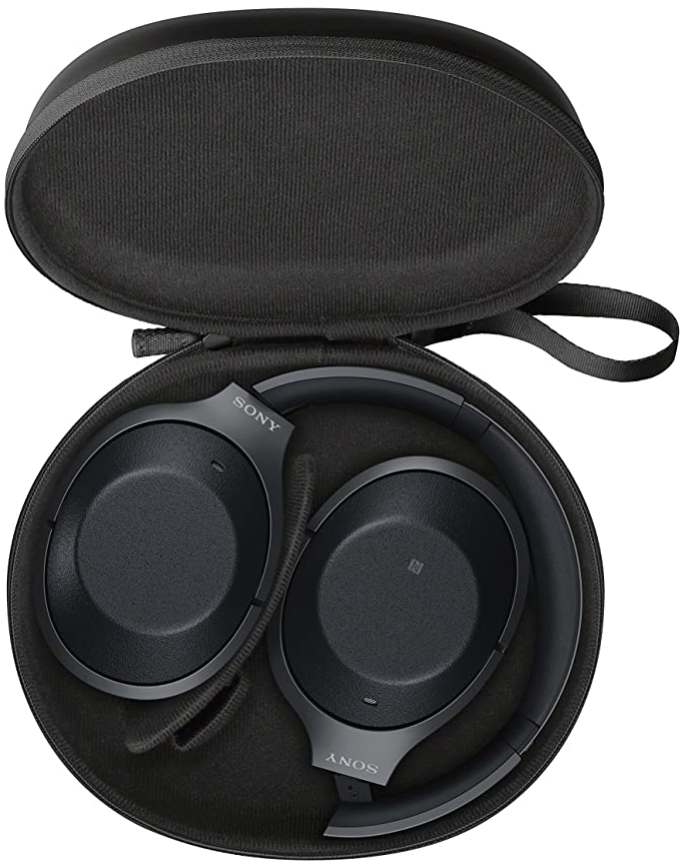
Sony cutting corners in wrong places?
Its strategy of beefing up its entertainment offerings while cutting consumer electronics business is just diminishing and tarnishing the brand. The PlayStation can hold Sony up only so much longer. It is an awesome way to people’s homes and they should take notice and should engage its customers through it, more. The PlayStation is a lucky charm for them because it keeps the brand alive, it keeps young people interested. You see people wearing them at the gym with Sony headphones, you see them checking out Sony stuff at stores, but the price just can’t help them, and it all just comes down to price for some.
After all problems… Sony just builds an EV!
The company surprised everyone at CES 2020 with a “Sony Car”, the Vision-S concept. Worry not, the TV maker said it would become an automaker. It is just using the concept to test autonomous technology and experiment with PlayStation for cars. It probably will build a system for cars that other companies can rely on, just like its image sensors across iPhones. Get ready for cutting-edge audio, video, and PlayStation onboard. The future, it seems, moves a lot for Sony.
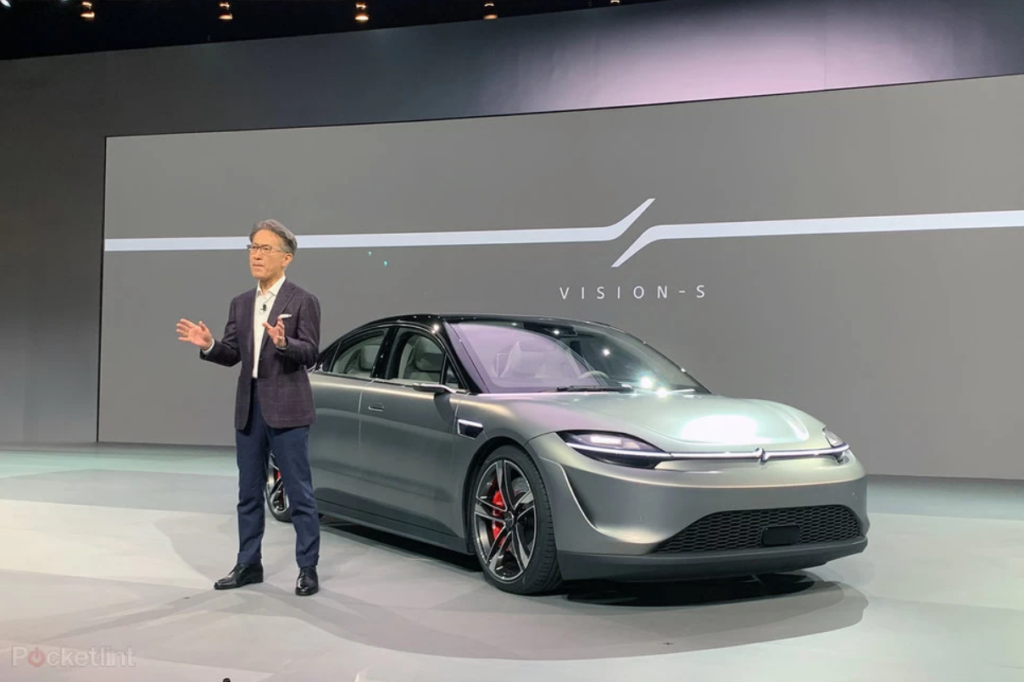
Conclusion
Here to stay?
From simply building transistor radios to Walkman, and from selling full arrays of audio systems to taking place in Apples’ incredible camera revolution, Sony seems to be here to stay in some way or another. It’s not necessary to be a guru to kind of predict what will happen in the long run with the company — probably the TV business will cease, audio products will diminish in volume, but the PlayStation will remain. At least the company will live in some way or another, either in our games or built into new EVs, the sense of wonder, quality, and pride of the Japanese at Sony will remain. Let’s just hope their IT systems do remain secure, too…

Enjoy these and more incredible articles at Techstormer #Technology.

